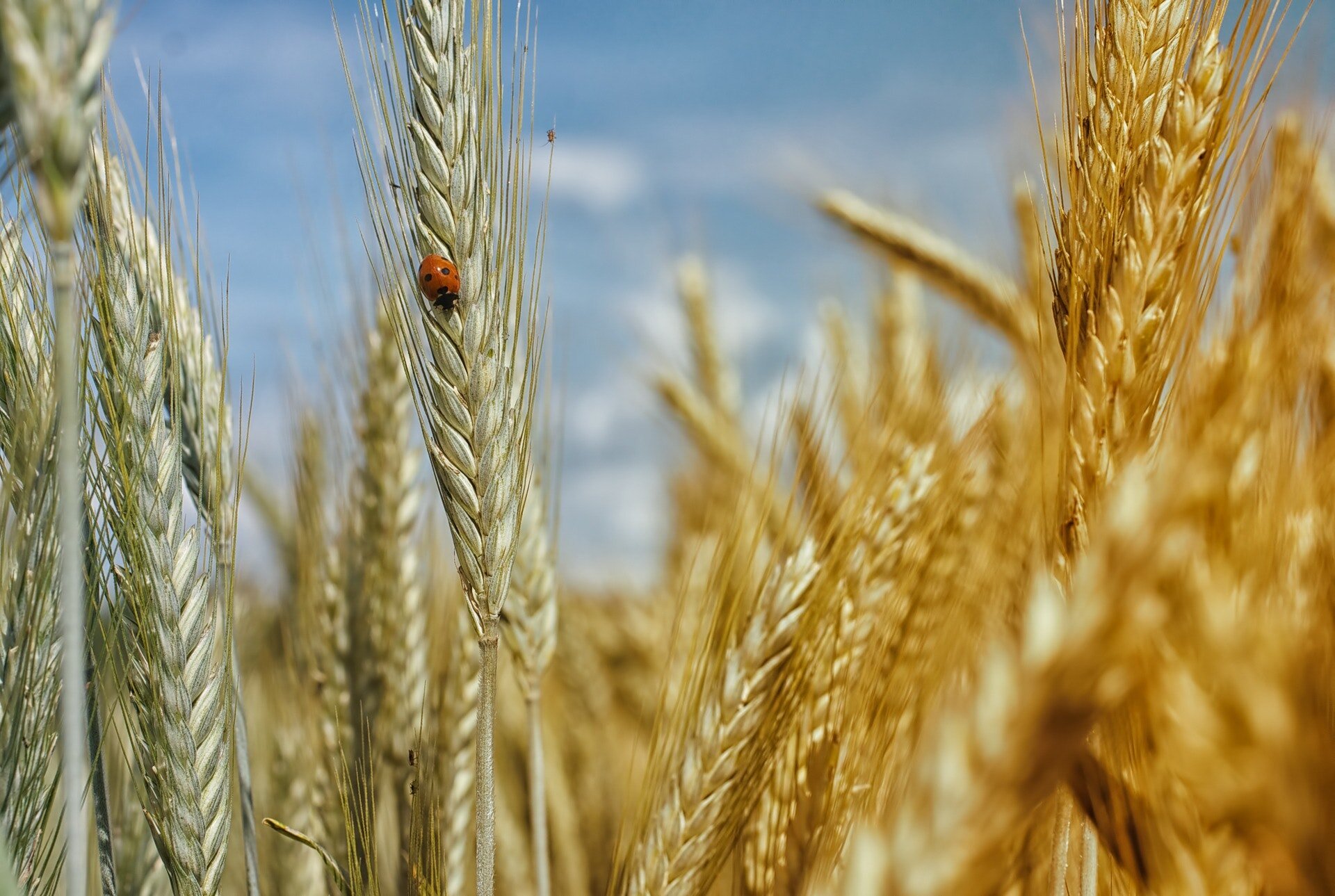This has to be one of my favorite desserts during apple season! The wonderful aroma of apples and cinnamon cooking is so comforting and delicious. This recipe is healthier than apple pie because there’s only one crust and even that is healthier with the oats and nuts. I’ve also made this without the brown sugar to reduce the sugar further, but either way, enjoy guilt-free!
Filling: Topping:
6 large apples, peeled, cored and sliced 1 cup quick-cooking oats
3 Tablespoons orange juice 1 cup all-purpose flour
3 Tablespoons water 1 cup packed brown sugar
3 Tablespoons brown sugar ¼ teaspoon baking powder
2 teaspoons all-purpose flour ¼ teaspoon baking soda
½ teaspoon cinnamon 1 teaspoon cinnamon
1 cup walnuts, chopped
½ cup butter, melted
Preparation:
Preheat oven to 350*F.
Place apples in a 9 X 13-inch pan.
Mix brown sugar , flour and cinnamon together. Sprinkle over apples.
Combine orange juice and water, then pour over apples and stir until apples are well coated.
Combine oats, flour, brown sugar, baking powder, baking soda, cinnamon and walnuts.
Add melted butter and stir until crumbly. Spread evenly over apples.
Bake at 350*F for about 45 minutes.
Serve warm with vanilla ice cream or whipped cream.






















Whether you’re planning a one-day road trip or will be on the road for several days, check out these healthy snacks you can feel good about eating along the way.